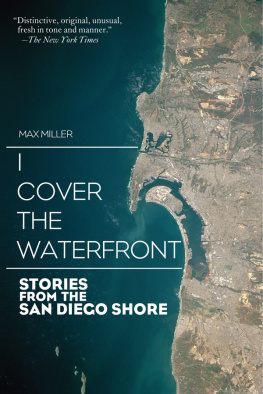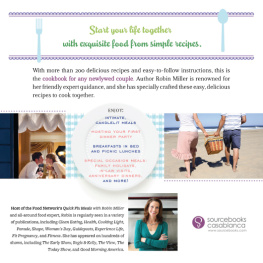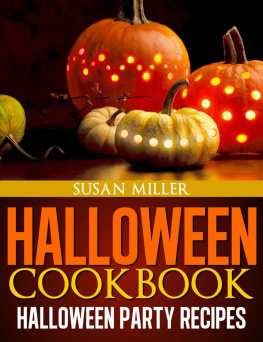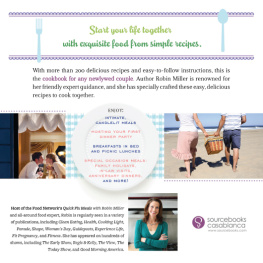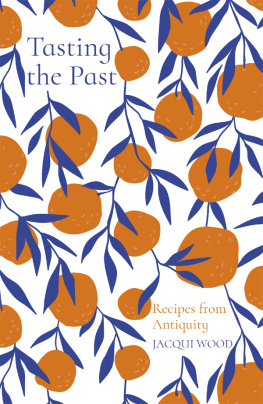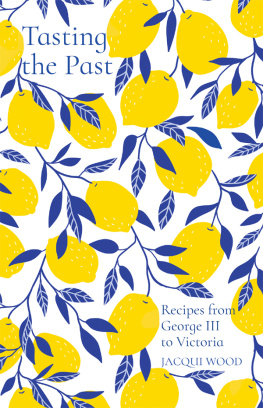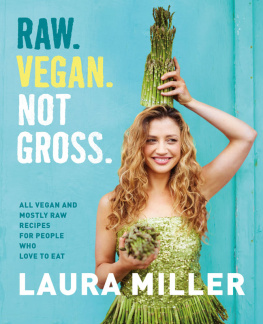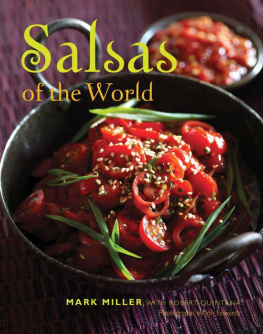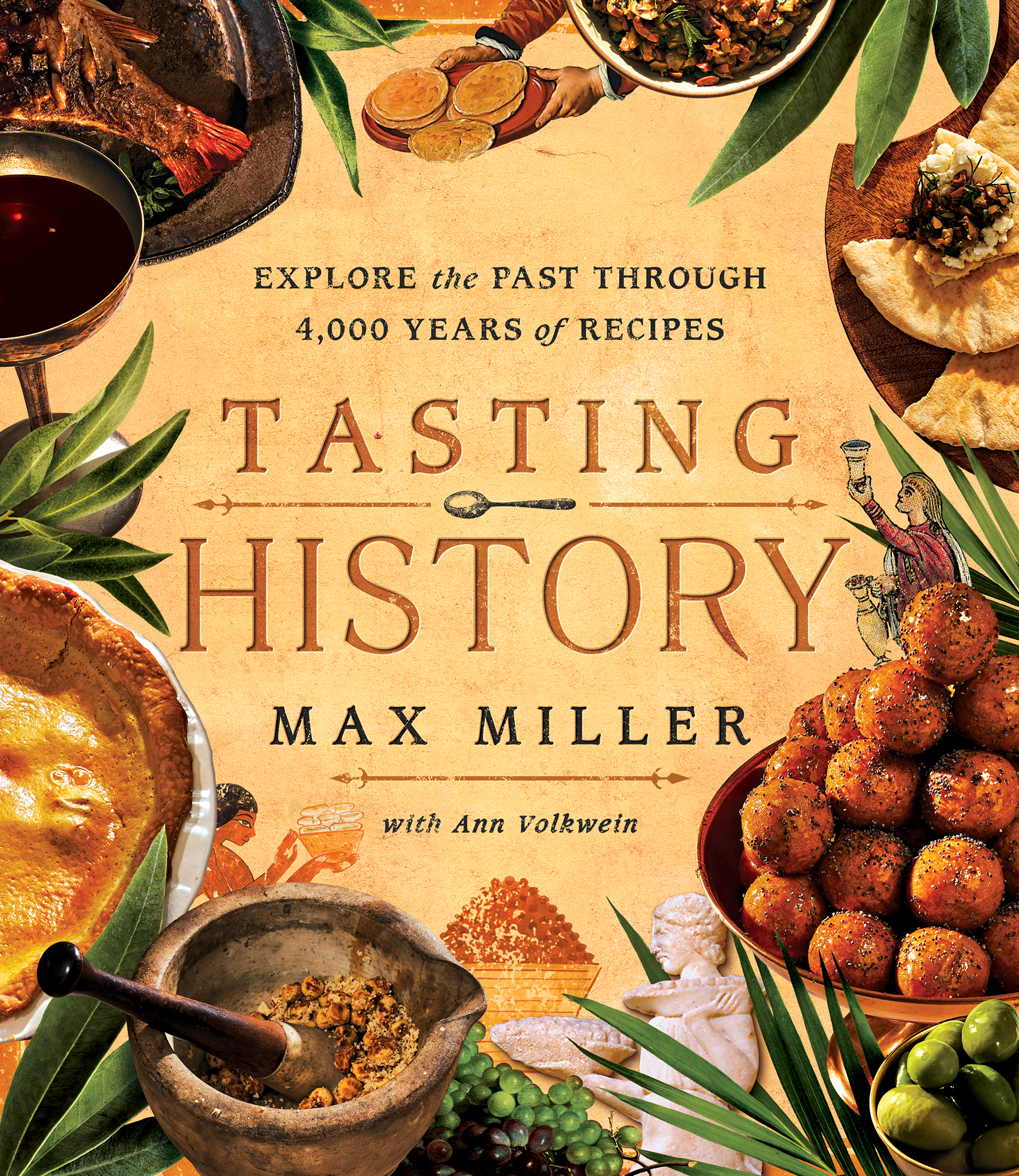Contents
Guide
Explore the Past Through 4,000 Years of Recipes
Tasting History
Max Miller
with Ann Volkwein

An Imprint of Simon & Schuster, Inc.
1230 Avenue of the Americas
New York, NY 10020
www.SimonandSchuster.com
Copyright 2023 by Tasting History LLC
Photography copyright 2023 by Andrew Bui
All rights reserved, including the right to reproduce this book or portions thereof in any form whatsoever. For information, address Simon Element Subsidiary Rights Department, 1230 Avenue of the Americas, New York, NY 10020.
First Simon Element hardcover edition April 2023
SIMON ELEMENT is a trademark of Simon & Schuster, Inc.
For information about special discounts for bulk purchases, please contact Simon & Schuster Special Sales at 1-866-506-1949 or .
The Simon & Schuster Speakers Bureau can bring authors to your live event. For more information or to book an event, contact the Simon & Schuster Speakers Bureau at 1-866-248-3049 or visit our website at www.simonspeakers.com.
Interior design by Matt Ryan
Photography by Andrew Bui
Food stylist: Max Rappaport
Food styling assistant: Elizabeth Katona
Prop stylist: Casha Doemland
Cover design by Patrick Sullivan
Front cover photo by Andrew Bui
Author photograph Riker Brothers
Library of Congress Cataloging-in-Publication Data has been applied for.
ISBN 978-1-9821-8618-0
ISBN 978-1-9821-8619-7 (ebook)
For Jos and his endless patience
PREFACE
This cookbook, and indeed my entire career, exists because my friend Maureen became terribly ill on vacation.
Let me explain. It was December 2015, and we were at Walt Disney World. We had planned to do all of the wonderful things that one does at Walt Disney World, but on the first day of our trip, Maureen came down with a miserable cold, and we spent the majority of the time in the hotel room eating too many nachos and watching TV. As we sat in bed in the darkened hotel room, Maureen introduced me to a show from England that she thought I, a devout Anglophile, would enjoy. And so we binged an entire season of The Great British Bake Off and my life was changed forever.
At that time, I had no interest nor experience in the kitchen. My then roommate still likes to remind me that I was unable to boil pasta water without his assistance; it was rather pathetic. But watching Mary Berry explain the subtle art of baking intrigued me, and I took the bakers various failures as a personal challenge. On top of that, the hosts, Mel and Sue, would routinely step away from the tent to tell the audience about the history of whatever the bakers were baking, and for me, history has always been an ingredient to make any subject more enjoyable.
Five years and many baking mishaps later (I once used rose oil instead of rosewater in a pie, turning the apartment into a massive bowl of potpourri) and I had become quite the home baker. I was working at Walt Disney Studios in a job that I loved, and every Monday I would share my latest cake or pastry with my coworkers and it was always accompanied by a history. Whether it was out of a genuine desire to see me share the information with a larger audience or if it was merely as a way to redirect the lectures away from them, one of them encouraged me to take my interests in food and history and unleash them on YouTube.
I knew immediately how I wanted to format the show. In the years since Id first watched The Great British Bake Off in the sick room at Disneys Coronado Springs Resort, Mary Berry, Mel, and Sue had all left the show, as had the history lessons, and I missed them all. While Mary, Mel, and Sue were unlikely to join me in my kitchen, the history lessons were something I could bring back, and even expand. So, in February 2020, I started Tasting History with Max Miller on YouTube. A week later COVID-19 hit, movie theaters shut down, and I was furloughed from my job. Over the next few months, people all over the world hunkered down in their homes and became obsessed with making sourdough bread, and I, grateful for a distraction, was there to teach them its history. Though it was not sourdough, but garum, a fermented fish sauce from Ancient Rome and something I wouldnt encourage anyone to make at home, that really made the channel take off.
So had my friend not become horribly sick on vacation and had a global pandemic not seen me furloughed from a job that I loved, you wouldnt be holding this cookbook and I would still be using my oven to store old magazines. It just goes to show, you just never know what lies ahead.
INTRODUCTION
They say history is written by the victors, but in my experience, history is written by those who write stuff down, and food is no exception.
Of the innumerable dishes that humans have eaten throughout history, we know of only a fraction, and its because somebody took the time to record the recipe. And recipes, like descriptions of past events, run the gamut from a comprehensive list of ingredients, precise measurements, and well-written cooking processes to a vague description of a dish mentioning only a couple of the ingredients. Spoiler: most recipes before 1850 find themselves on the latter end of that spectrum, but thats where this book comes in.
This is a book of modern recipes with precise measurements, cook times, and instructions, but for the most part, those specifics are of my own invention. Accompanying each modern recipe that you can easily make at home is the original historic recipe on which its based. The goal has been to bring those original recipes back to life, to rekindle history in your kitchen, but thats often easier said than done. The frustration I feel when confronted with the enigmatic salt to taste in a modern recipe is a hundredfold when I read put in good things and cook until it is enough in a medieval recipe.
For most of history, recipes were written by cooks, for cooks, and so anyone reading it would know what those good things were and what enough was. To cause added confusion, those answers likely changed from cook to cook and year to year. Unfortunately, I dont always have the luxury of knowing what a cook in Renaissance Italy or sixteenth-century China knew, and so I make an educated guess by looking at other, better-written recipes of the period or even consulting later or modern recipes for solutions. Sometimes I also have to accept that I dont know the answer, and I never will know, and I just take a stab in the dark or else abandon the recipe altogether. In any case, re-creating historic recipes is always a series of educated guesses, some more informed than others, and because of that, my re-creations wont be the same as someone elses. As Ive given the original recipe along with a modern version, you can be like that historic cook with the freedom to change things if you wish.
Historic cooking, at least in this book, is less a matter of academia and more a matter of fun. As a child, I loved pretending, imagining what it might be like to be a knight in medieval England or a gladiator in Ancient Rome, and while I rarely run around the house hacking at my family with a wooden sword these days, I never lost the passion for putting myself in the shoes of those who came before me. Ive found the easiest and most delicious way to do so is by following their recipes and trying to eat what they ate. Though, once I put myself in the shoes of an eighteenth-century home cook whipping Everlasting Syllabub for thirty minutes, I realized that was a horribly inefficient way of doing things when I had an electric stand mixer three feet away. So, while doing my best to preserve the nature of each recipe, Ive also optimized them for the modern kitchen, making it all the easier for you to make them yourself.


